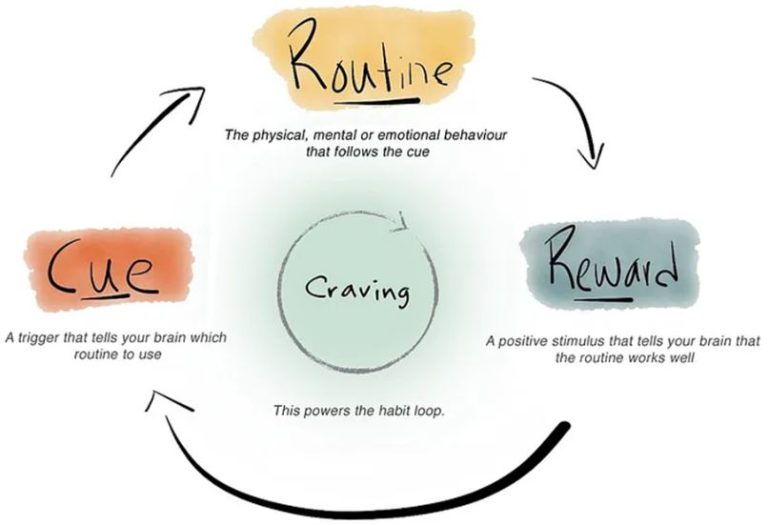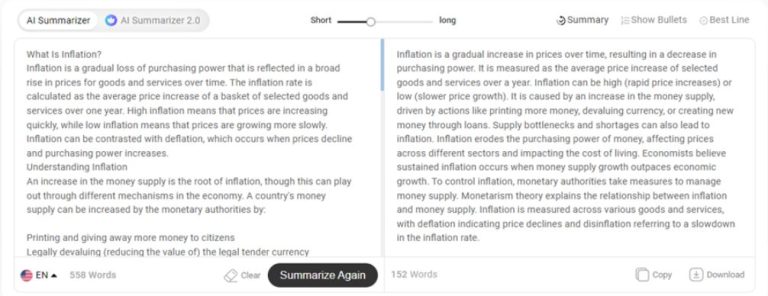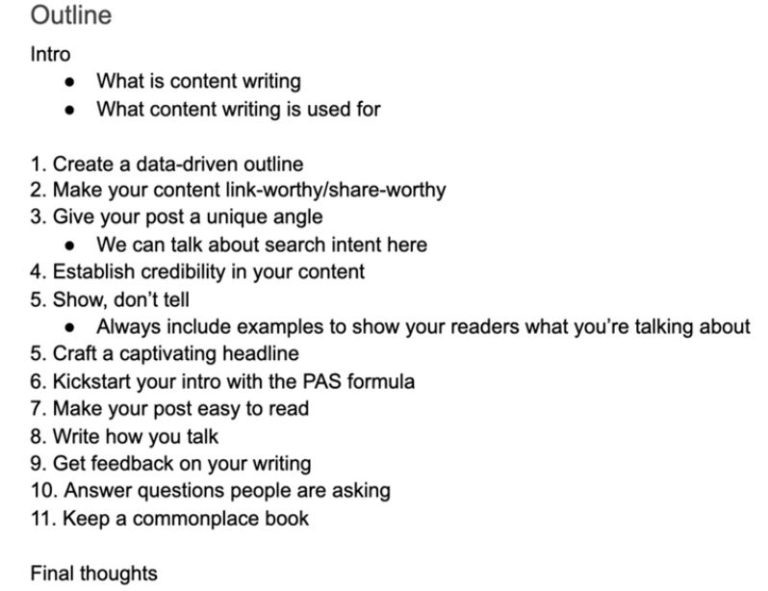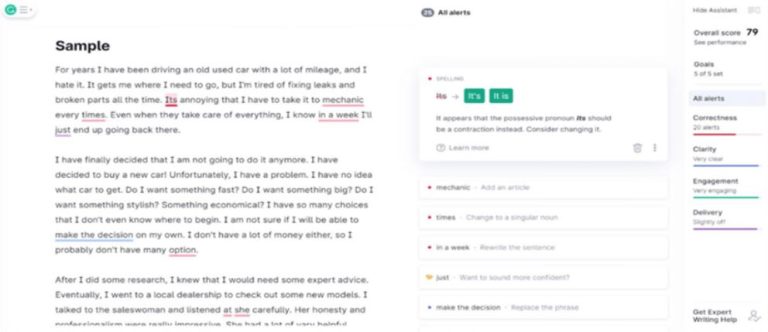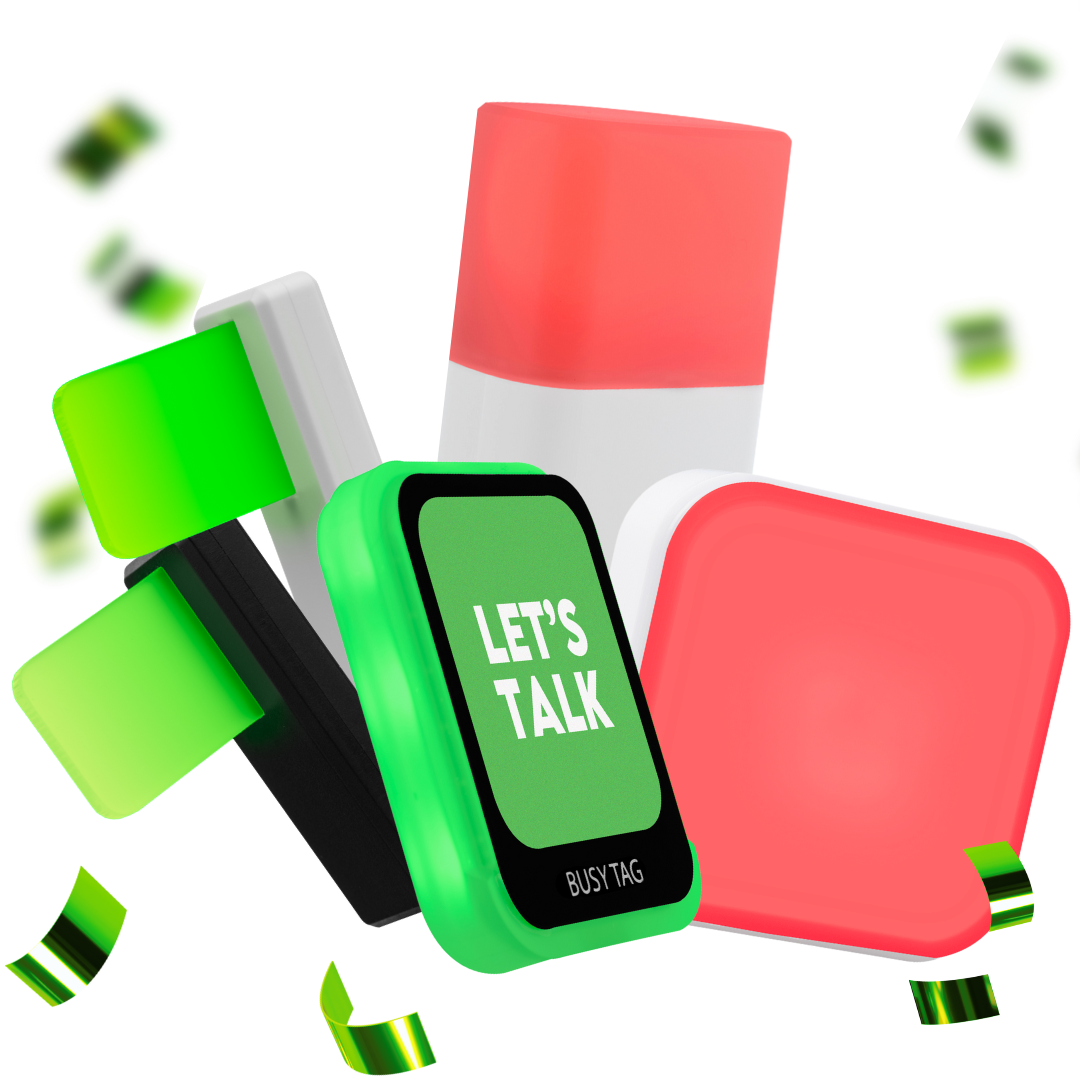Writing Smarter - Tips and Strategies for Productive Writing
- Date Updated: December 20, 2024
Writing is a powerful weapon a person can use to express their emotions, thoughts, and ideas in a meaningful and impactful manner.
Along with creativity, another necessity in writing is productivity. It allows writers to progress, complete their projects on time, and achieve the desired success. However, this is the most difficult thing to bring in when writing.
So, what are some proven tips, tricks, and strategies writers can opt for to become the most productive while writing? Here is the list
Create a Dedicated Writing Space
Our surroundings have an impact on our mood, mental health, and behavior, both in the short and long term, right? The same goes for writing productivity.
When working on improving your productivity, create a dedicated, peaceful space to sit in. Doing so establishes a mental association between that location and writing and makes it easier to get into a productive mindset every time you step into the space.
Workspace Should be Comfortable and Well-lit
Ensure your workspace is comfortable and well-lit. Have a comfortable chair and a desk with the right, appropriate height per your body size.
The lighting in the room should allow you to see what you’re doing without putting strain on your eyes. If it feels good, warm Edison lights should be your top pick.
Always Choose a Quiet Area
Choose a quiet area free from noise and interruptions. You can experiment with different areas in your home, such as a designated room, a corner of you r home office, a local library, or a coffee shop, to see which one works best for you.
Personalize the Chosen Space
Don’t forget to personalize the space (if possible). Decorate it, put motivational quotes on the wall, remove the things that distract you, bring in plants, and so on.
Establish a Routine (for Psychological Triggers)
You should write on a regular basis, at the same time, to make ‘writing’ a habit and make writing a regular part of your daily life.
But remember, consistency is important. Why? Because it takes 66 days (on average) for a new behavior to become a habit and automatic. However, this time span can be up to eight months for a few people.
Here are some tips to go through this ‘habit part’ efficiently:
- Schedule specific writing times. Incorporate writing into your daily or weekly routine.
- Celebrate your writing accomplishments with small rewards. Treat yourself to a favorite snack, a relaxing bath, or watch a TV show once you complete a writing session.
But why is having a proper routine important? To build psychological triggers (part of the habit loop) to activate your mind to automatically be in the writing state. And a proper writing routine gives you a lot of positive psychological cues.
The psychological triggers are many to trigger you to write, such as:
- Cup of tea
- Visual cues, such as motivation quote
- Routine tasks, such as organizing your deck, sitting on the chair
- Time of the day
For your information, when you get into a proper writing routine, it provides you with many triggers. Later, you don’t have to motivate yourself to start writing. Instead, these triggers automatically activate your brain in the ‘ready-to-write’ state.
Research and Gather Information
Research is the foundation for writing.
If you know how to do research and where to find the necessary information fast, you’re already on the way to being more productive.
“Give me six hours to chop down a tree and I will spend the first four sharpening the axe.” This quote by Abraham Lincoln clearly defines the importance of preparing before taking action.
So, before you actually start writing, know all the necessary information about the topic you’re writing about. Why? When you’re clear about what you’ll write and how you’ll write, you can go through the process quickly.
This is what you can do to speed up the research and data-gathering process:
Find the Reliable Sources
First, use search engines and/or popular journals to find reliable resources for your topic. This could include books, articles, academic journals, websites, and expert interviews. After it you select the right content writing tools to create high quality content — tools like grammar checkers, summarizers, or even the best AI video generator for transforming written scripts into engaging visual content.
Use Textual Data-Extraction Tools
Once you find the relevant resources, it is time to skim each and collect information.
One way is to read all the sources yourself and note down all the findings. However, this takes most of the time.
Another way is to use the AI summarizer, create summaries, and get the key information. So, instead of reading the entire resources, you can go through only what is important and learn from it.
For example, this is how this tool highlights the important point about ‘inflation’ from a source:
Note Down your Findings
Once you find out the necessary information to cover your topic, save it.
Bring out a notebook and note down your key findings. Or open a document file or research notes and organize all the information for each reference.
Outline Your Writing
A content outline is a tool writers use to organize their ideas for a piece of writing into a logical structure.
It is a way to break down the entire piece of writing with larger concepts into sections and sub-sections that make it easy to navigate and write.
An outline typically involves:
- Main headings or topics (with sub-headings and sub-topics)
- Listing the key points to discuss later in each sections
- Adding the necessary examples, facts, statistics, ideas, or supporting details
The following illustration shows a blog post outline for “what is content writing”:
So, in order to organize your ideas (you got through research), it is important to create an outline before you actually start writing.
Here are some tips to write the best outline:
- Write the whole sentence to explain a point instead of only short keywords
- Use Roman numerals, letters, and numbers to organize ideas or go for mind maps (with visuals) to better represent and connect ideas
- Ensure the outline you write aligns with the topic and covers it properly
NOTE: An outline is just a tool to organize the ideas you have in the beginning of writing. If you find new ideas or information as the writing progresses, never mind to change the outline.
Write First, Edit Later
Stephen King, an American Author, once said, “Write with the door closed; rewrite with the door open.”
This quote means one should write without judgement and worrying about what someone else will say about their writing. But rewrite, edit, and refine as per your readers.
Focusing on content first can help you avoid getting bogged down in editing details.
So, when you write, don’t let the fear of making mistakes hinder your writing. Just write and let your ideas flow.
Once you’re done with the writing, it is the time to proofread your final craft for grammatical errors, tone, voice, clarity, as well as uniqueness.
To check grammar, use a grammar-checking tools, such as Grammarly or LanguageTool. This tool highlights any errors and provide suggestions so you can refine your writing easily.
Moreover, instead of manually adjusting the clarity, tone, and voice of your writing, why not to use a better approach, Editpad Paraphrasing Tool, to improve your productivity. Moreover, the rewording tool is another excellent way to rephrase your text without changing its original meaning. If you want to remove AI phrases and make your content sound naturally human, an AI humanizer is the perfect fix. It helps you write more productively and edit smarter. Whether you’re adjusting your content in first-person mode or using a standard tone, this tool supports both styles effectively.
This tool lets you to paste your writing piece and select the appropriate made as per the desired tone and voice. Then, it paraphrases the submitted text to make it more readable. This way, it speeds up the proofreading process and result in more productivity.
Overcome Writer's Block
Do you know which is the worst enemy of writing productivity? The answer is writer’s block. It is a condition when a person is unable to think of what to write or how to write.
Writers face this challenge very often when crafting their drafts. If your brain also faces it, implement these tips and tricks to overcome it:
Implement Pomodoro Technique
The Pomodoro Technique is one of the best ways to freshen up your mind in order to break the writer’s block and bring it back to the productive state.
It involves writing for 25-30 minutes, and then taking a short break for 5-7 minutes. As a result, you can deeply focus on writing during the working time slots.
When you take a short break, it diverts your mind from writing. You don’t think about working in this phase, which is like ‘resetting your mind’ and clearing it.
NOTE: During the break time slots, it is better to not look at any screen, whether desktop or mobile phone. Instead, observe your surroundings, have tea, or enjoy a walk.
Read Inspiring Works
Another way to overcome writer’s block situation is to read some inspiring writing pieces. Read the works of authors you admire to spark your creativity. Reading can inspire you with new ideas and writing techniques.
Conclusion
To improve your writing productivity, first, create a dedicated, quiet space that is comfortable and well-lit. Establish a routine to make writing a habit.
Research thoroughly and organize your findings with hard-copy notes or note-taking apps to streamline your process. Outline your writing to structure your ideas before starting.
Focus on writing first without worrying about mistakes and edit later using tools like Grammarly.
To overcome writer’s block, try the Pomodoro Technique—working in short bursts with breaks—or read inspiring works to spark creativity.
Show your colleagues when you're busy!
LUXAFOR HELPS PEOPLE TO ACHIEVE THEIR GREATEST PRODUCTIVITY LEVELS WITH A WIDE VARIETY OF OFFICE PRODUCTS. LET’S BE PRODUCTIVE TOGETHER!
Author




